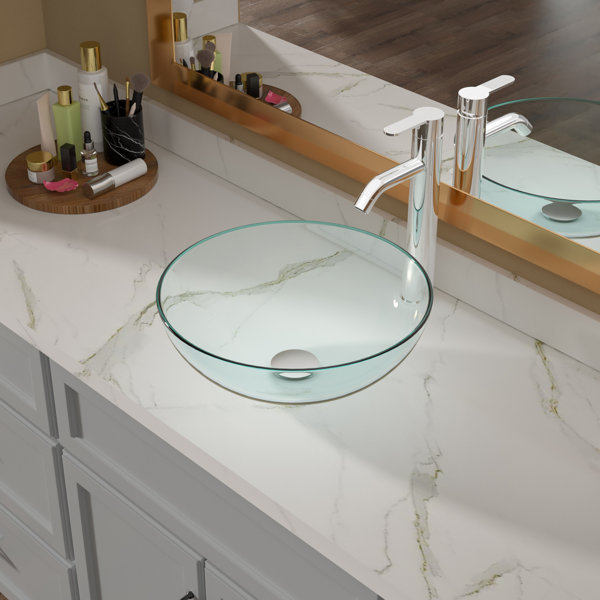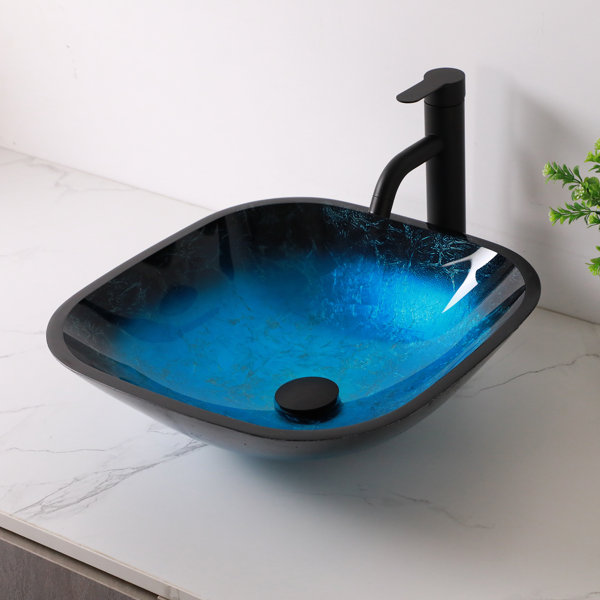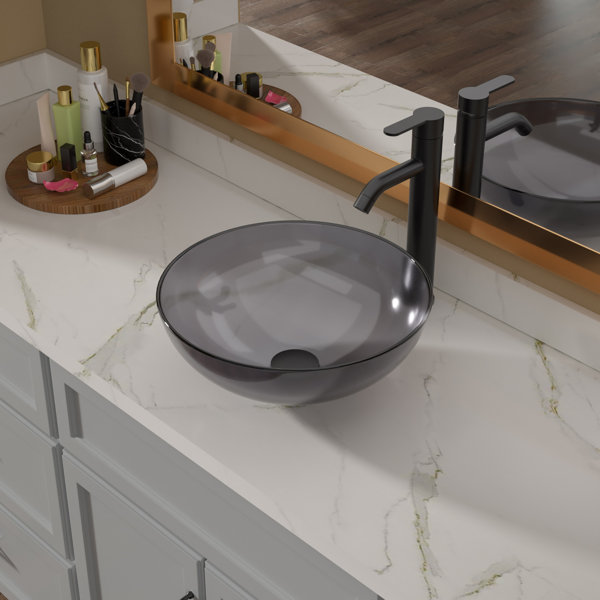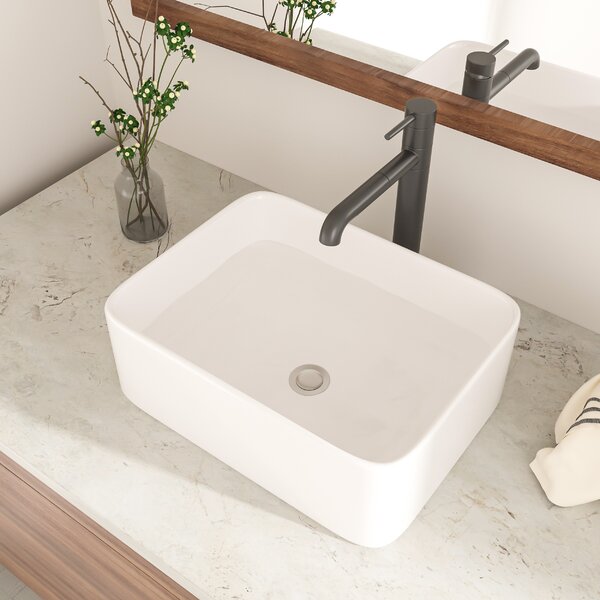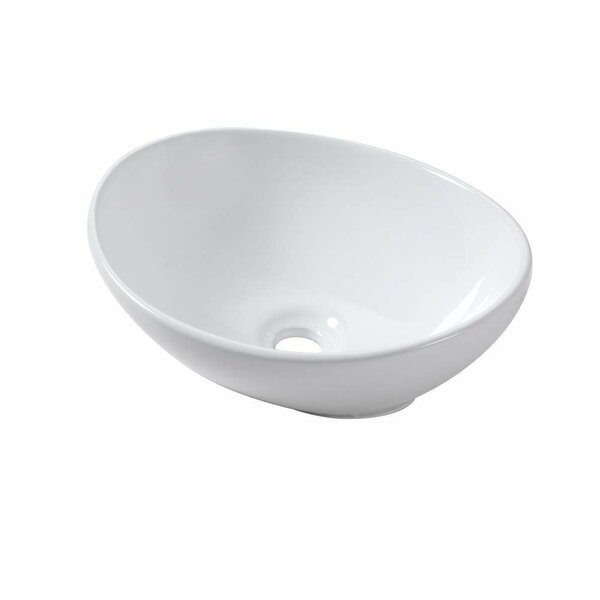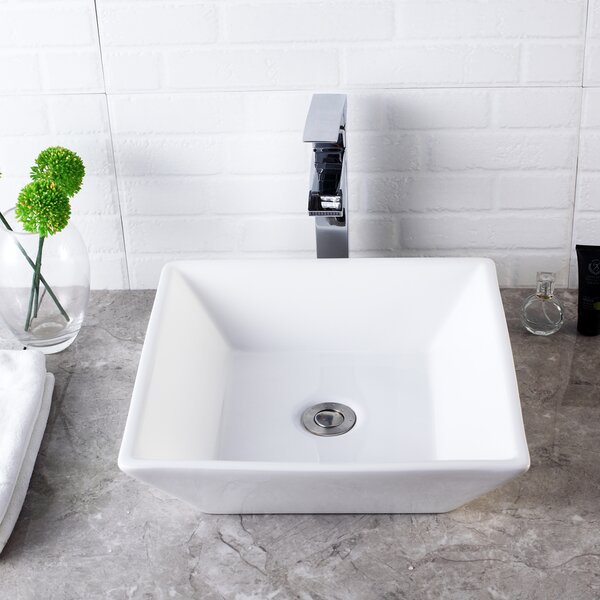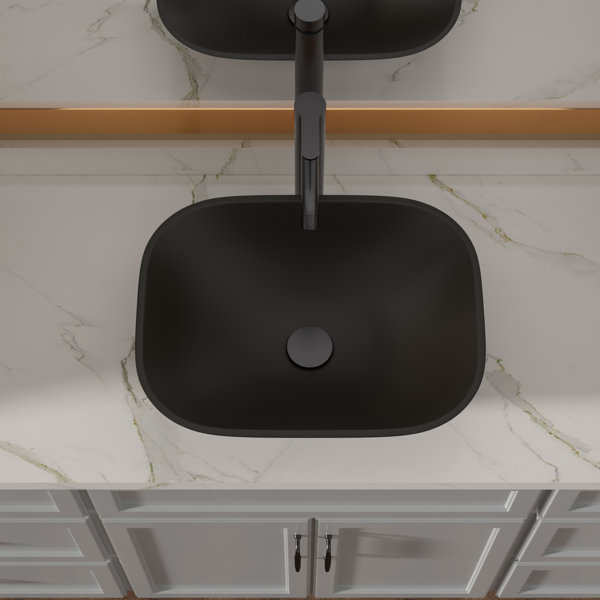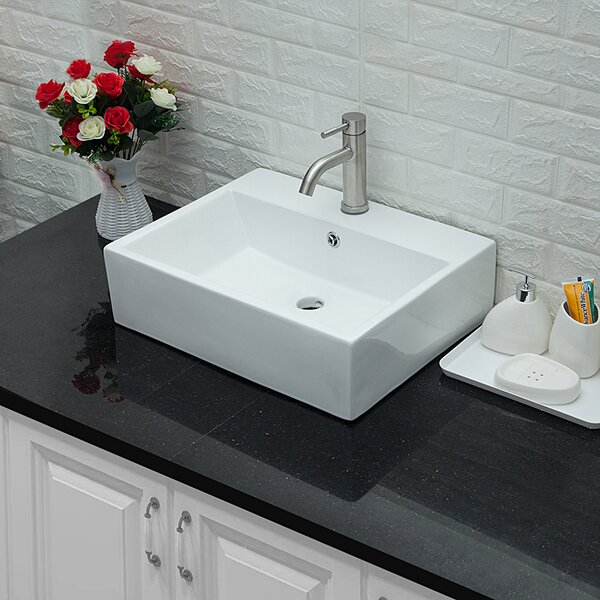Bathroom Sink Buying Guide: Choose the Perfect Style to Enhance Functionality and Beauty

When it comes to designing or renovating a bathroom, the sink is often one of the most important features. It not only plays a practical role in daily routines but also serves as a focal point that can elevate the overall style of your space. With so many sink types, materials, and designs on the market, it can be challenging to decide which option suits your needs best. In this guide, we’ll help you navigate the key factors to consider when choosing a bathroom sink that combines functionality and beauty.
1. Understand Different Bathroom Sink Styles
One of the first things to consider when buying a bathroom sink is the style. Each type offers distinct advantages in terms of aesthetics, space-saving, and installation requirements. Let’s look at the most popular options:
- Pedestal Sinks: These are freestanding sinks supported by a column or pedestal. They are ideal for smaller bathrooms or powder rooms where space is limited, as they offer a sleek, compact design.
- Undermount Sinks: Installed below the countertop, undermount sinks create a seamless and modern look. They are easy to clean and perfect for busy bathrooms, as there’s no lip to trap dirt or debris.
- Vessel Sinks: Mounted on top of the vanity, vessel sinks make a bold design statement. Available in various materials like glass, stone, and ceramic, they add an artistic flair to any bathroom but may require careful consideration of faucet height.
- Wall-Mounted Sinks: Attached directly to the wall, these sinks free up floor space and work well in minimalist or industrial-style bathrooms. However, they offer limited storage space.
- Drop-In Sinks: Also known as top-mount sinks, these are easy to install and rest on the countertop with a visible lip. They are a versatile and budget-friendly choice for most bathrooms.
Understanding the unique features of each style will help you decide which option suits your space, design preference, and usage needs.


2. Choose the Right Material for Durability and Style
The material of your bathroom sink significantly influences its durability, maintenance, and aesthetic appeal. Here are some of the most popular sink materials to consider:
- Ceramic or Porcelain: Classic and timeless, ceramic sinks are durable, easy to clean, and resistant to stains. They are ideal for traditional and contemporary bathrooms alike.
- Glass: Glass vessel sinks offer a modern and sophisticated look, often featuring unique designs and colors. However, they require more frequent cleaning to maintain their shine and prevent water spots.
- Stone (Marble, Granite, or Quartz): Natural stone sinks add a luxurious and organic feel to the bathroom. While they are durable, they require regular sealing to prevent stains and moisture damage.
- Stainless Steel: While less common in bathrooms, stainless steel sinks offer a sleek, industrial aesthetic. They are highly durable and easy to maintain but can scratch over time.
- Resin or Solid Surface: These sinks are made from a composite material that allows for seamless, modern designs. They are easy to clean, resistant to stains, and often customizable.
Choose a material that matches your bathroom’s style, your budget, and your lifestyle to ensure long-term satisfaction.
3. Select the Right Size for Your Space
Size is a critical factor when choosing a bathroom sink, as it directly impacts both functionality and the overall flow of the room. Here’s how to determine the ideal sink size for your bathroom:
- Measure Your Space: Measure the width and depth of your bathroom vanity or countertop to ensure the sink will fit comfortably without overcrowding the space.
- Consider Your Bathroom Type: In small bathrooms or powder rooms, a compact pedestal or wall-mounted sink is ideal. For larger bathrooms, a wide undermount or double-basin sink can offer more practicality.
- Leave Enough Clearance: Ensure there’s enough space for comfortable use and movement around the sink, especially in shared bathrooms where more than one person may use the sink at a time.
Choosing a sink size that’s proportionate to your space ensures a balanced, functional, and visually pleasing bathroom layout.


4. Pay Attention to Installation Requirements
Different sink types come with distinct installation methods, which can influence your overall renovation budget and timeline. Here’s a quick breakdown:
- Drop-In Sinks: Easiest to install and ideal for DIY projects. They rest on top of the countertop and require minimal effort to set up.
- Undermount Sinks: Require professional installation since they are mounted underneath the countertop. They work best with solid surface materials like granite or quartz.
- Wall-Mounted Sinks: These sinks require sturdy wall supports and careful planning for plumbing. They are a great option for freeing up floor space.
- Vessel Sinks: Simple to install but require proper positioning of faucets to avoid splashing.
- Pedestal Sinks: Although relatively easy to install, they may require adjustments to your plumbing to ensure everything aligns perfectly.
Factor in the complexity and cost of installation when choosing a sink style, especially if you’re working within a budget or timeline.
5. Balance Functionality with Style
Your bathroom sink should be as functional as it is beautiful. Consider how you’ll use the sink daily and choose a design that meets both your practical and aesthetic needs:
- For High Traffic Bathrooms: Opt for durable materials like porcelain, ceramic, or quartz that can withstand frequent use and are easy to clean.
- For Family Bathrooms: A double-basin sink or a larger undermount sink can make sharing the space easier during busy mornings.
- For Guest Bathrooms: Smaller sinks, like wall-mounted or pedestal sinks, offer enough functionality while maintaining a clean and stylish look.
- For a Statement Look: Vessel sinks or sinks made from unique materials like glass or stone can serve as stunning focal points.
By balancing style and practicality, you can create a bathroom that is not only visually appealing but also perfectly suited to your lifestyle.

Choosing the right bathroom sink is about more than just looks—it’s about finding a design that enhances your space while meeting your daily needs. By considering the sink style, material, size, installation type, and overall functionality, you can make an informed decision that transforms your bathroom into a beautiful and practical space. Whether you prefer a sleek undermount sink, a classic pedestal style, or a bold vessel design, the perfect sink can elevate your bathroom’s functionality and aesthetic appeal for years to come.

